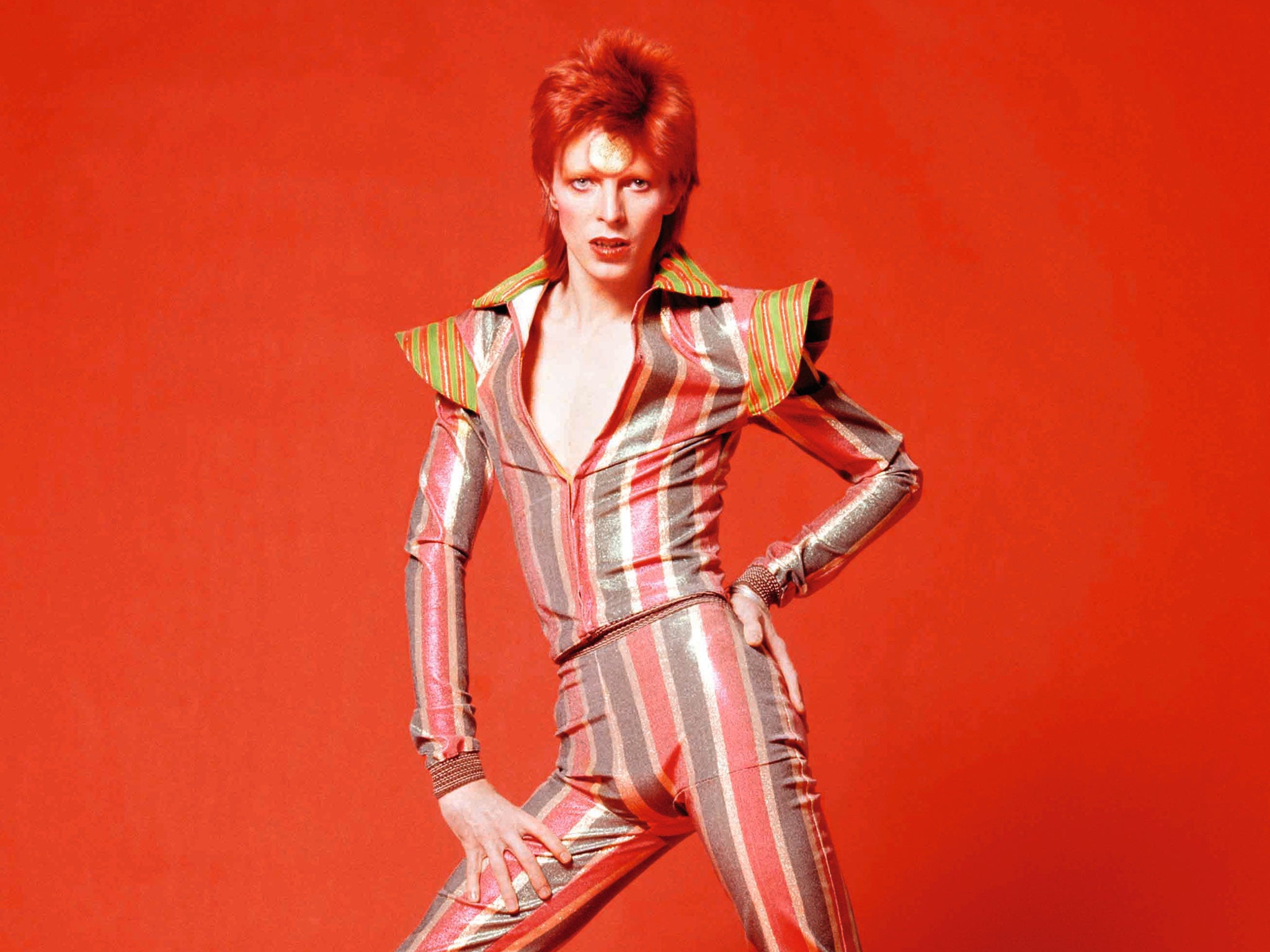
Photo- Sukita/ACC Art Books
David Bowie: Ziggy Stardust, Thin White Duke, and Musical Chameleon
David Bowie, one of the most iconic figures in music history was nothing more than a cultural phenomenon.
21 August 2024
Throughout his career Bowie continuously reinvented himself, adopting a series of personas that not only reflected his artistic evolution but also entertained fans. From the flamboyant and androgynous Ziggy Stardust to the enigmatic Thin White Duke, Bowie’s ability to transform made him a true musical chameleon.
In 1972, David Bowie introduced the world to Ziggy Stardust, a character that would come to define the glam rock era. Ziggy, an alien rock star sent to Earth with a message of hope, became a symbol of rebellion, sexual freedom, and otherworldly creativity. Bowie's album "The Rise and Fall of Ziggy Stardust and the Spiders from Mars" was a groundbreaking work combining rock, glam, and theatricality in a way that had never been seen before. Songs like “Starman,” “Suffragette City,” and “Rock ‘n’ Roll Suicide” not only captured the spirit of the times but also pushed the boundaries of rock music.
As the Ziggy Stardust era began to wind down, Bowie introduced another character: the Thin White Duke. This persona, featured prominently during the mid-1970s, was a stark contrast to the flamboyant Ziggy. The Thin White Duke was a cold, detached figure, often associated with the darker, more introspective side of Bowie’s music.
The album "Station to Station," released in 1976, epitomized this phase of Bowie’s career. With tracks like “Golden Years” and “Wild Is the Wind,” Bowie explored themes of alienation, addiction, and the search for meaning in a world that felt increasingly fragmented. The Thin White Duke, with his sharp suits and piercing stare, became a symbol of Bowie's ability to dive deep into his psyche and emerge with music that was both innovative and profoundly moving.
David Bowie’s greatest strength was his ability to evolve. Throughout his career, Bowie never allowed himself to be pigeonholed into a single genre or identity. He was constantly experimenting, whether it was with the soul and funk influences on "Young Americans," the electronic and ambient sounds of the Berlin Trilogy ("Low," "Heroes," "Lodger"), or the industrial and techno beats of "Earthling." Bowie’s willingness to take risks and push the boundaries of his art made him a true musical chameleon.
David Bowie’s impact on music and culture cannot be overstated. His ability to infuse music with fashion, art, and theater made him a pioneer of modern pop culture. Even after his passing in 2016, Bowie’s influence continues to be felt. Artists across genres cite him as an inspiration, and his music remains as relevant today as it was during the height of his career. Whether it’s through the cosmic sounds of Ziggy Stardust, the introspective musings of the Thin White Duke, or the countless other personas he adopted, Bowie’s legacy is one of endless creativity, fearless experimentation, and a profound understanding of the power of music to transform lives.
It can be said that David Bowie was a visionary artist who constantly pushed the envelope, challenged norms, and inspired millions. His personas, from Ziggy Stardust to the Thin White Duke, were not just characters but reflections of his own journey through the ever-changing landscape of music and culture.






